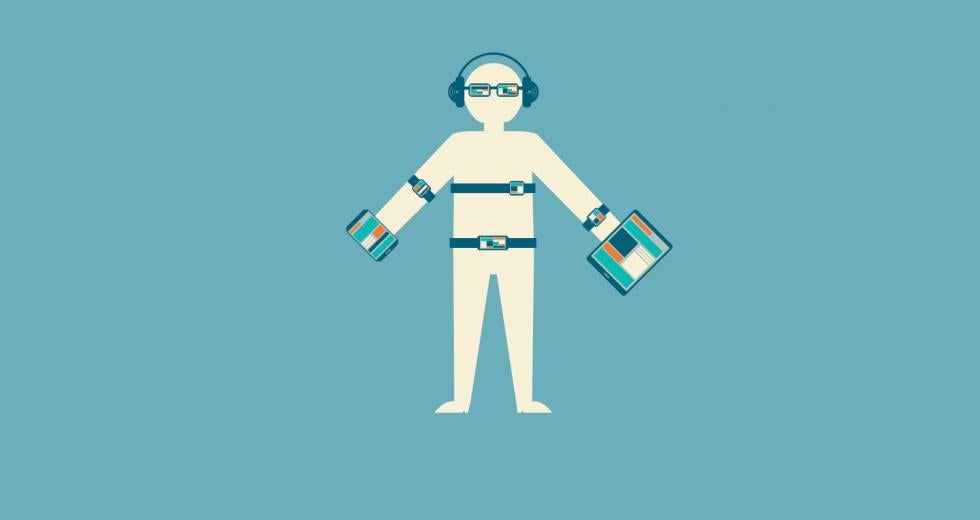It was with great interest that I read this month’s story by Russell Nichols (“Smartly Dressed,” page 70) about the explosive growth of wearable technology, which, according to research by IDTechEx is projected to skyrocket from $14 billion last year to $70 billion by 2024, with health, wellness and medical applications driving this growth.
Still, I wonder how effective these tools are in changing the behaviors and quality of life of the people who use them. Like most other Americans, I have chronic fatigue. I’m up and at ‘em in the morning, but by midday, I’m daydreaming about napping in the backseat of my car. Even after I altered my diet and ensured I was logging all the necessary pillow hours, I was still curious about whether my sleep quality is really all that good. I mean, am I getting maximum REM or am I just teetering on the precipice?
To find out, I downloaded one of the Apple Store’s 4,366 sleep apps. The technology requires that I sleep with my phone in bed next to me so that it can monitor my movement and calculate the number of minutes I spend in various phases of slumber. In the morning, the app produces a lovely, muticolored chart that feeds my type-A soul and attempts to explain why I want to sack out at 2 in the afternoon.
However, I was so concerned about sleeping well and seeing my results, that for three nights in a row, I would wake up nearly every hour to check my progress. ‘Am I in REM?!’ ‘How long have I been sleeping?!’ ‘Is there something wrong with me?!’ ‘When do I get a gold star?’
On the fourth night, I managed to let go of my obsession and sleep solidly, but my husband got up twice to pee, disrupting the mattress and skewing my data. My brief experiment ended with inconclusive results.
Turns out, our digital editor Allison Joy had a similar experience. The app she chose, which suggested she place her phone beneath her pillow, was so clumsy that she wasted precious pre-slumber time just trying to get the dumb thing to work. Then, she would wake up in the night, and her phone would be on the floor or shoved between the mattress and the headboard. She abandoned her experiment before it started.
Likewise, I know a lot of people who bought FitBits in the past two years and zero people who still use one. They’re sitting in dresser drawers next to antiquated heart rate monitors and Nike+ iPod sensors. I suspect that for the average consumer, wearables will, at least for a few more years, continue to serve as short-term toys. They’ll be moderately useful and provide some time-saving applications and perks. Perhaps the best ones will hold our attention for more than 12 months at a time.
But if you’re really interested in the market for wearables and in watching for trends in product growth, pay attention to those that assist the ailing, the elderly and their caretakers. The new CarePredict wristband, for example, is paired with in-home sensors to track a person’s movement. After the system is set up, it spends seven days learning the normal activity patterns of its user. If it detects changes in those patterns later, care providers are alerted via text message, email or push notification.
Likewise, Redwood City-based Proteus Digital Health has developed a 3-part wearables package that monitors prescription drug consumption. To start, the user swallows a small, digestible sensor with their medications. The user also wears a patch that communicates with the sensor and transmits data to an Android tablet, including time the medication was taken and the physical condition of the patient. The product’s interface will even nudge you with updates like, “Did you take your 8 a.m. dose?”
Interested? Read more about wearable tech in this month’s issue. And if you’re using a wearable device now, we would love to know how it’s working — or not working — for you.
Russell Nichols’ March feature, “Smartly Dressed,” will be available online next week. Sign up for our newsletter and we’ll email you when it’s ready.
Recommended For You
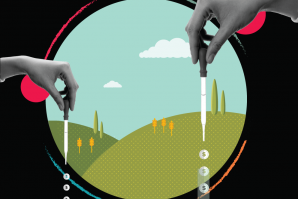
The New World of Ag
Investment in agtech is growing, but will the Central Valley cash in?
Through certain entrepreneurial eyes, agricultural technology looks a lot more relevant than the latest iPhone app or social networking tool. According to the Food and Agriculture Organization of the United Nations, by 2050 the world will need 70 percent more food to feed an additional 2.3 billion people.. And the Central Valley is poised to cash in — if we play our cards right.
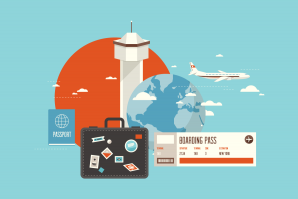
You Look Like You Need a Vacation
6 tips for checking out and kicking back
You just got back from a trip? Me too. And I already need the next one. My name is Christine Calvin, and I take vacations. That’s right, I use all my PTO every year, and I don’t feel an ounce of shame. You should do the same — it’s going to cost your company either way.
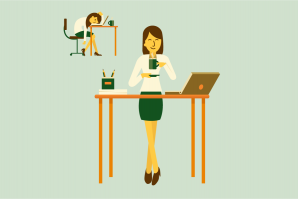
Sick of Sitting Around?
Don't be surprised if HR won't buy into office furniture fads
I know sitting all day is bad for me, even if I’m getting exercise, so I’d like to try a standing desk. Some of my coworkers would, too. How do I approach my boss about potentially making a change to the way his employees do their work? I have the same question for getting new chairs. I know they’re expensive, but many of us are uncomfortable. How can I convince him that it’s a good idea to spend the money?
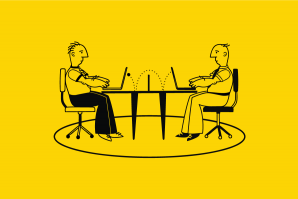
Past the Ping Pong Tables
Your internal brand matters more than your office perks
Thinking about progressive company cultures probably brings to mind businesses like Google, Twitter, Facebook — companies with free snacks and bean bag chairs. But it’s not the toys and perks that create these cultures. Collaborative-style seating and ping pong tables are the side effects, rather than the catalysts, of enviable and innovative company cultures.



